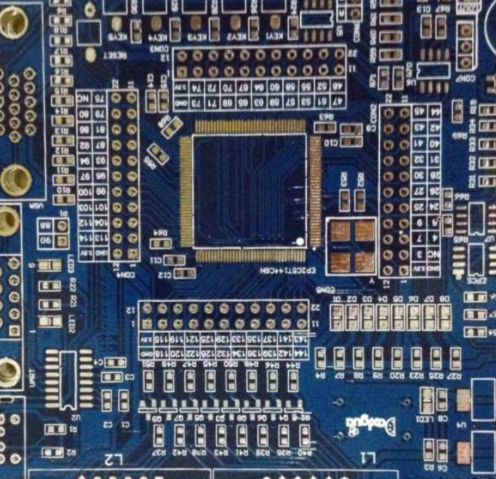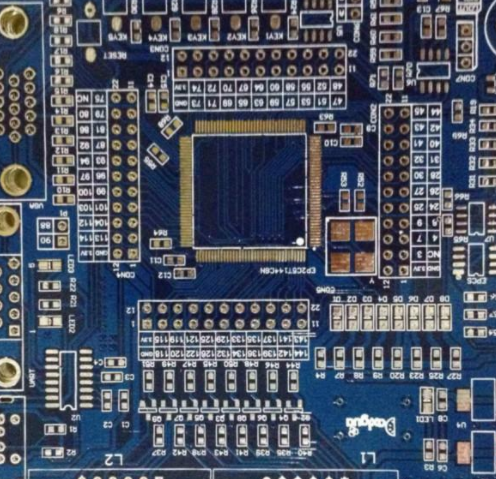
Four steps to ensure the success of PCB design
The printed circuit board (PCB) is the body of electronic products, as well as performances. The life and reliability of the final product depend on the power system it constitutes If the design is correct, products with high quality circuits will have lower on-site failure rate and on-site return rate Therefore, the production cost of the product will be lower and the profit will be higher In order to produce high-quality PCB on time, no additional design time or expensive rework is required, and design and circuit integrity problems must be found as early as possible in the design process
In order to bring products to the market quickly and reliably, it is necessary to use design tools to automate the design process, but how do we ensure the success of the design? In order to maximize the design efficiency and product quality, what details should be paid attention to? Obviously, design tools should be intuitive and easy to use, powerful enough to overcome complex design challenges, but what else should be noted? There are four steps you can take to ensure PCB design
The first step is not to stop at the input of the basic schematic diagram
Schematic input is critical to the logical connection of the generated design. It must be accurate, easy to use, and combined with the layout to ensure the success of the design.
It is not enough to just import the footprint and transfer it to the layout. In order to create a high-quality design that meets expectations, it is necessary to ensure that the best components are used and analogical analysis is carried out to ensure that the design is delivered without error.
Step 2 - Don't neglect library management
Management is an important part of the design process. In order to quickly select the best components and place them in the design, it is necessary to easily create and manage devices.
Circuit board

PADS allows you to maintain all design tasks in the library, and update the library immediately for use, and ensure the accuracy of design and development. You can access all component information through a single spreadsheet without worrying about data redundancy, multiple libraries, or time-consuming tool overhead.
Step 3 Effectively manage design constraint rules
Today's key high-speed designs are extremely complex. Without effective means to manage constraint rules, it will be extremely difficult to design, constrain and manage routing, topology and signal delay. In order to build a successful product in the first iteration, constraint rules must be set early in the design process, so that the design can achieve the desired goals. Good constraint rule management can prevent you from using expensive or unavailable components, and ultimately ensure that the circuit board meets performance and manufacturing requirements.
Step 4: Make sure you have the required layout function
In recent years, the complexity of PCB layout design is significantly higher than before In order to make smaller and more portable electronic devices, the design density must be increased In addition, the operating frequency has also increased, which requires designers to evaluate electrical characteristics that may have been overlooked in the past to ensure that the design is available In order to keep up with the increasing complexity, designers must have broader capabilities to define high-level rule sets, create unique RF shapes, and implement correction structures to improve the overall efficiency of the design
In the layout process, smart layout tools help create efficient layout and routing strategies. Precise layout can reduce violations in the later stage of design, enabling you to complete the project faster and reduce errors.
Although manual wiring is usually used to achieve the real design intent, the effective combination of interactive wiring and automatic wiring can help meet the market time limit and improve the design quality. Automatic routing can also help handle difficult tasks, such as differential pair routing, network adjustment, manufacturing optimization, micro via, and construction technology. If the routing strategy is planned in advance, the efficiency of using automatic routing will be greatly improved.
Another challenge is that modern printed circuit boards must maintain thousands of networks, which may cause difficulties in routing in key design areas. The best way to avoid this problem is to group network cables to create an effective routing policy. After you create a planning group, you can tag and filter network groups to highlight the critical networks that need to be connected.







